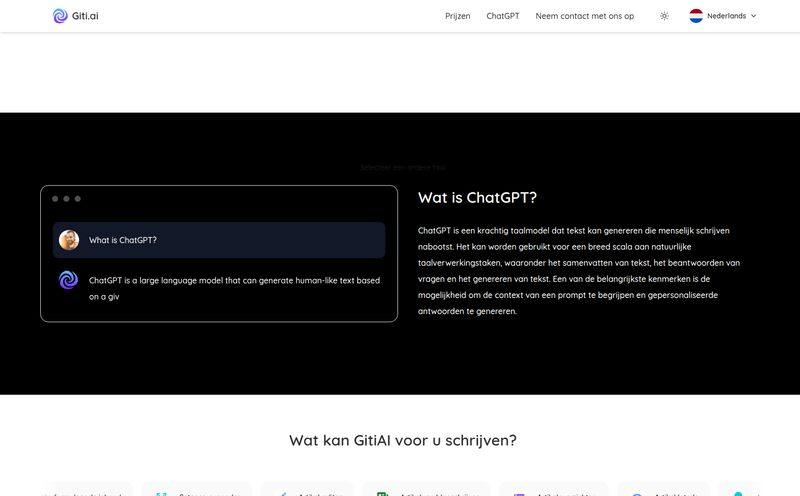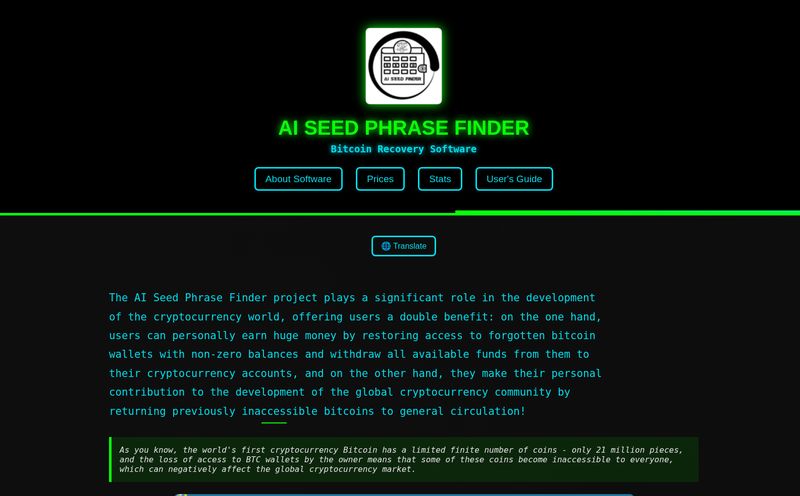It’s an election year. You can feel it in the air, right? The tension, the endless cable news cycles, the uncle you have to mute on Facebook until December. As an SEO guy who lives and breathes online trends, I see it all. Every cycle, the digital battleground gets weirder, and the ways people choose to engage get… more creative. We've moved way past just yard signs and bumper stickers.
So when a little birdy told me about a site called 'Trump Donald,' my curiosity was immediately piqued. The premise is brilliantly simple and just a little bit mischievous. For a donation, you can write a message to Donald Trump, and this website promises to print it out and physically mail it to his home at Mar-a-Lago.
I mean, come on. That’s a hook. It's part political activism, part performance art, and part—let's be honest—premium-grade trolling. I had to see what this was all about. Was it a legit service? A clever fundraising gimmick? Or just shouting into a very expensive, gilded void?
What Exactly is This Trump Donald Thing?
Let's break down the concept, because it's pretty straightforward. The Trump Donald platform positions itself as a way to make your voice heard in a pretty unique way. Instead of just donating to a political campaign, you get to couple that donation with a personal message delivered via good ol' snail mail.
The price of admission? A donation of $20.24. A little on the nose, but I appreciate the branding. You can, of course, donate more if you feel so inclined. Your money doesn’t just vanish into the ether, either. You get to choose where it goes, with options including:
- The Harris Campaign
- The Democratic National Committee (DNC)
- Progressive Turnout Project
So, at its core, it's a fundraising tool wrapped in a novel idea. It’s political rage-gifting, in a way. You’re supporting organizations working to defeat a candidate by sending him a note funded by your contribution. A strange and very 21st-century feedback loop.
The Supposed User Experience
Based on the information I could gather, the process was designed to be super simple. You land on the site, you write your message, you donate, and you're done. They even offered a little AI assistance to help you draft your letter, which is a modern touch I found interesting. I can just imagine the prompts: "Write a stern but polite letter about fiscal policy in the tone of a disappointed grandmother."
Once you’ve crafted your masterpiece of political discourse (or just a few choice words), you pick which organization gets your cash. Then, you hit send, and theoretically, a printer somewhere whirs to life, an envelope gets stamped, and your thoughts begin their journey to the Sunshine State.
The Big Twist: A Digital Dead End?
Alright, so here's where my little investigation hit a snag. A rather large snag, actually. Full of journalistic vigor, I went to the Trump Donald website to start the process. I had my $20.24 ready and a few message ideas brewing. And I was met with… this:

Visit Trump Donald
A 404 error. Page not found. The digital equivalent of a vacant lot where a building used to be.
I tried a few times. Cleared my cache. The whole nine yards. Nothing. It seems the platform is currently offline, moved, or was perhaps a temporary campaign that has since run its course. This, to me, is almost more interesting than if it had worked perfectly. It speaks volumes about the fleeting, sometimes ephemeral nature of these online political projects. They can burn brightly and then just... disappear.
Analyzing the Concept: The Good and The Not-So-Good
Even with the site being MIA, we can still put the idea on the operating table and see what it’s made of. There are some genuinely clever aspects to it, and some definite drawbacks.
The Upside of Political Pestering
I’ve got to hand it to them, the idea is sticky. It’s humorous and gives people a feeling of direct action, even if that action is largely symbolic. Let's face it, donating $20 to a massive campaign fund can feel a bit impersonal. But the idea of your personal note landing in a mail pile at Mar-a-Lago? That feels spicier. It's a great conversation starter and an easy way to get people who might otherwise be passive to click that 'donate' button. The real impact isn't the letter itself; it's the donation it facilitates. The letter is just the fun, compelling packaging.
Potential Downsides and Reality Checks
Now for the dose of reality. First off, this is a pay-to-play form of expression. You need to open your wallet. And speaking of wallets, it's critical to know that the provided information states these donations are not tax-deductible. That's a huge distinction from donating directly to some non-profits.
Then there's the big, looming question of effectiveness. Is Donald Trump actually reading these? Almost certainly not. It's highly probable they're screened, sorted, and trashed by staff long before they'd ever reach him. You're not changing minds here. You're funding the opposition, which is a totally valid goal, but you have to be clear on what you're actually accomplishing. And, of course, there are terms of use. You can’t just send anything; hate speech is a no-go, which is a responsible moderation choice but a limit on 'free expression' nonetheless.
My Take: Is This a Good Use of Your Money?
As someone who has managed CPC campaigns and watched traffic trends for years, I see this for what it is: a brilliant customer acquisition strategy for a political cause. The 'product'—sending a letter—is the hook that drives the primary goal: fundraising.
So, is it a 'good' use of your $20.24? It depends entirely on your goal.
- If you want the most efficient, direct way to support a political cause, you might be better off donating directly to them through their official website.
- But, if you're looking for a more engaging, entertaining, and satisfying way to donate, and the symbolic act of sending that letter gives you joy? Then sure. It’s a form of political entertainment, or what I'd call "protest-as-a-service."
It's like buying a concert t-shirt. The band gets more money if you just hand them cash, but the shirt is a souvenir of your support. This is a digital souvenir with a postage stamp.
The Growing Trend of 'Protestware'
This tool, live or not, is part of a much bigger trend. We're seeing a boom in 'protestware' and creative 'clicktivism.' From apps that auto-fax your congressperson to platforms that round up your purchases to donate to charity, technology is constantly creating new, low-friction ways for people to participate. Some critics argue it makes people feel like they've done their part without any real-world effort, a point I think has some validity. However, I also believe that anything that gets more people financially involved in the political process is probably a net positive, even if it's wrapped in a gimmick. It lowers the bar for participation, and that’s not a bad thing.
Frequently Asked Questions
- What was the Trump Donald website?
- It was a platform that allowed users to donate $20.24 or more to organizations opposing Donald Trump (like the Harris campaign or the DNC). In exchange, the service would print a personal message from the user and mail it to Trump's Mar-a-Lago residence.
- How much did it cost?
- The minimum donation required to send a message was $20.24, a symbolic number for the 2024 election year. Users could choose to donate more.
- Where did the donation money go?
- Users could choose to direct their donation to one of three places: the Harris campaign, the Democratic National Committee (DNC), or the Progressive Turnout Project.
- Were the donations tax-deductible?
- No. According to the platform's own information, donations made through the service were not tax-deductible. This is an important consideration for donors.
- Is the Trump Donald website still active?
- As of my recent attempts to access it, the website appears to be inactive and shows a '404 Page not found' error. It may have been a temporary campaign or could be down for other reasons.
- Were there rules about what you could write in the message?
- Yes. The service had terms of use that prohibited certain content, such as hate speech. Messages were subject to moderation.
A Final Thought on Mailing Mar-a-Lago
In the end, 'Trump Donald'—in life or in its apparent death—is a fascinating case study in modern politics. It’s a testament to the fact that in the battle for hearts, minds, and wallets, creativity and a sense of humor can be powerful tools. While the site itself might be a ghost for now, the idea behind it is very much alive. The line between activism, marketing, and entertainment is getting blurrier every day.
And who knows? Maybe somewhere in a Florida mailroom, there’s a lonely bin filled with a few last, lingering letters from the internet.
Reference and Sources
- The Democratic National Committee (DNC)
- Progressive Turnout Project
- Pew Research Center - Public Attitudes Toward Political Engagement on Social Media (For context on online activism)



